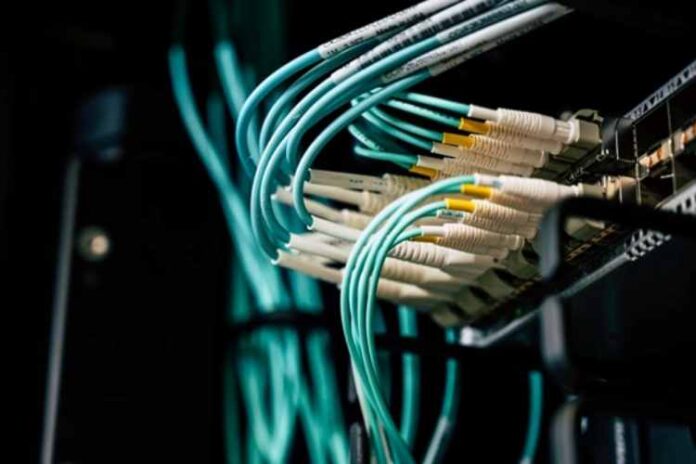Ever get confused by all the different types of network cables?
It’s helpful to have a good understanding of the specifics of home and business internet so you can have a clear line of communication between you and those you’re communicating with.
There are different types of network cables that vary in quality. Know that there’s a huge difference between Cat5 cable, Cat5e cable, and Cat6 cable, and if you’re in a newer building, you may want to upgrade to Cat6.
Read on to understand the specifics of each so you can have an easier time making an informed decision.
Cat5
Cat5 cabling is classified as twisted pair cabling that is usually used for carrying signals. The copper wires are twisted around each other to cancel out any Electromagnetic Interference (EMI) that could otherwise disrupt the signal.
There are two types of Cat5 cables, solid and braided.
Solid Cat5
Shield and unshielded are the two types of solid. The shielded cables are typically used in industrial applications where there is a lot of EMF interference.
The unshielded cables are typically used in home and office applications. The main difference between the two types of cables is that the shielded cables have an extra layer of protection against interference. Also, it has a single copper wire per conductor.
Braided Cat5
This type of cable is made up of four twisted pairs of copper wire that are surrounded by a protective outer jacket. The pairs are twisted together in order to minimize crosstalk and interference from other cables or electronic devices.
The braided construction of the Cat5 cable also adds to its durability, making it ideal for use in high-traffic areas or in environments where the cable is subject to wear and tear.
Cat5e
This cable is an enhanced version of Cat5 and is being used for data networking and telephone applications. They are also made with twisted pairs of copper wires, just like regular phone cables.
The big difference is that Cat5e cables are much thicker and have better data capacity. Cat5e cables can support data speeds of up to 1 Gbps.
This type of cable is most commonly used in homes and small businesses. It is also used in some larger businesses and enterprise-level networks. Cat5e is a good all-around cable type and is generally the best option for most people.
Cat6
This cable is the most recent and fastest type of cable and can support data transfer speeds of up to 10 Gbps. Cat5 and Cat5e are both slower, with data transfer speeds of up to 100 Mbps.
Solid and stranded are the two types of Cat6 network cables. Each has its own benefits and drawbacks.
For example, solid Cat6 ethernet cables are more durable and have better performance in longer runs, while stranded Cat6 cables are more flexible and work better in shorter runs.
If you are considering having Cat6 ethernet cables in your PC, you might want to consider hiring a reputable network cabling contractor to help you with the installation.
Learn the Types of Network Cables Today
You now understand that the benefit of learning the types of network cables is that it allows you to be more efficient in your work.
By understanding the different types of network cables, you can save time and effort when it comes to connecting different devices. There are a variety of network cables available, and each has its own specific use.
So, being familiar with the different types of network cables in order to make the best use of them is crucial.
Visit our website for more informative articles like this.


























